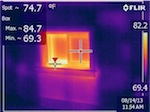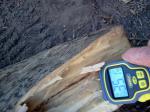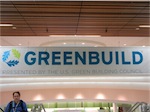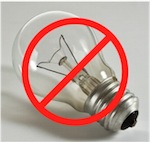Germany has been advocating a “passive house” standard for super energy efficient homes. The Germans are well known for their striving toward advanced technologies and manufacturing perfection. Building durable homes is no exception.
In a nutshell, a passive home is tightly sealed, well-insulated, and equipped with high efficiency windows and doors. A 1500 square feet house built to this standard will only require the use of a 1500-watt hair dryer to heat even in the cold climates of Northern Europe. Often, the appliances within the house will be enough to provide the heating – hence the term “passive house” as it practically requires nothing else for heating. These houses use so little energy that with the installation of a moderate amount of solar PV panels, the houses are completely energy self-sufficient. On top of that, these houses are built to last a long time.
The German American Chamber of Commerce is taking this passive house approach on a das Haus Tour exhibition over 12 cities in North America in 2012. In February, they came to San Francisco.
In this traveling exhibition, they showcased: composite insulation system, vacuum insulated wall panels, advanced wall construction methods, thin-film solar photovoltaic integrated in roof, wall facade, louvered panels and glass, sustainable materials, triple-pane windows, LED lighting, high efficiency appliances, VRLA (valve-regulated lead-acid) battery system, and heat recovery ventilation system.
Passive homes are not just concepts. Many have been built in Germany and other parts of Europe. Factories are set up to manufacture both structural and non-structural parts for construction.
There were several panel sessions as well. Many speakers discussed their projects of new homes or renovations of gutted homes. One panel talked about a socio-economic point that affects the adoption of green or passive homes. Most homeowners for too long are too used to low bids and they often overlook the value/benefit of a well built home. The premium for a green home is coming down. Cost of materials has been dropping due to technology maturity and volume production. The small premium yields a home that is far superior in comfort and healthy living environment. The panel experts agree that we need to educate more homeowners to help them understand the value/cost proposition.
The US is beginning to adopt the passive house approach. See Passive House Institute US and Passive House California for more information.
How many hair dryers do you guess you need to heat your home?








